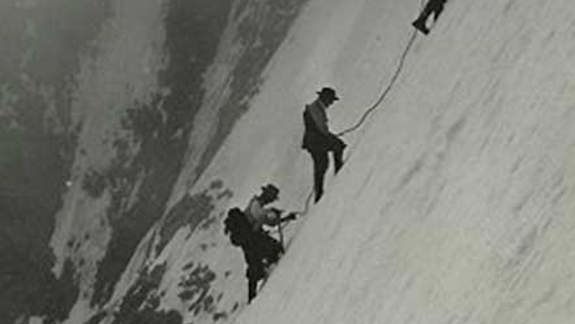Early moments in Scottish golf
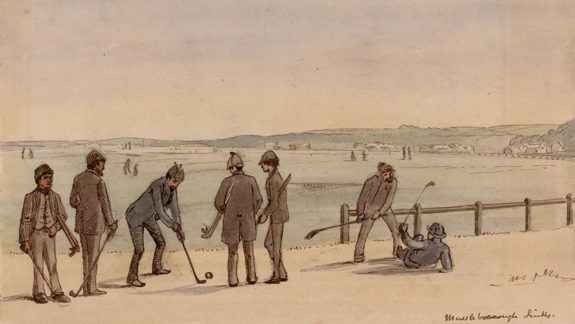
Introduction
Scotland is generally considered to be the home of golf. Thousands of people from around the globe flock to Scottish golf courses every year and the game certainly has long established roots in Scotland. Indeed, Scotland's temperate climate and its landscape positively invited the playing of golf. Level sandy terrain (known as 'links') with natural hollows, good drainage and reliable turf provided the perfect playing surface.
Though no one quite knows how the game started, we can trace many significant moments of early golfing history through records – from a law banning the game to the first official rules being written by the earliest recorded Golf Club.
1457: Golf banned by Scottish Parliament
James II's Act of Parliament of 6 March 1457 banned people from playing golf or football. The Act is the earliest known written mention of the game of golf in Scotland.
Golf was one of a range of ball and stick games played in Scotland from the Middle Ages and before. In the 1400s, however, ordinary people often played golf in enclosed public spaces, like streets and churchyards. Authorities worried that people played golf when they were expected to be at Church. They also feared that the game distracted them from the military training that was compulsory for every man and boy over the age of 12.
At a time when Scotland was constantly under threat of invasion, Parliament considered non-military sport like golf a serious problem. The 1457 Act stated that anyone found playing golf should be punished. Instead, young men were expected to spend time practising their archery skills.
"It is ordained and the decreed that the lords and barons both spiritual and temporal should organise archery displays four times in the year. And that football and golf should be utterly condemned and stopped."
Extract from the Act of Parliament of Scotland, 6 March 1457 (held by the National Records of Scotland)
The Act couldn't have been entirely successful because the ban was restated in further Acts of Parliament in 1471 and 1491.
1502: King James IV buys golf clubs
Although authorities had banned the game, wealthy Scots were evidently playing golf themselves soon afterwards.
When King James IV of Scotland visited Perth in 1502, a set of costly hand-crafted clubs were bought for him. He also acquired clubs in Edinburgh and St Andrews. The King's golfing equipment was probably specially made by local bow-makers who had the necessary skills, material and equipment.
There's also a theory that James's granddaughter, Mary Queen of Scots, was a golfer. Though there's no solid evidence to support this, Mary's enemies claimed she played golf in the grounds of Seton Palace a few days after the death of her second husband, Lord Darnley, in 1567. People shared stories like this to show that Mary wasn't behaving as a Royal widow ought. And even if she hadn't been in mourning, golf wasn't an acceptable pastime for ladies.
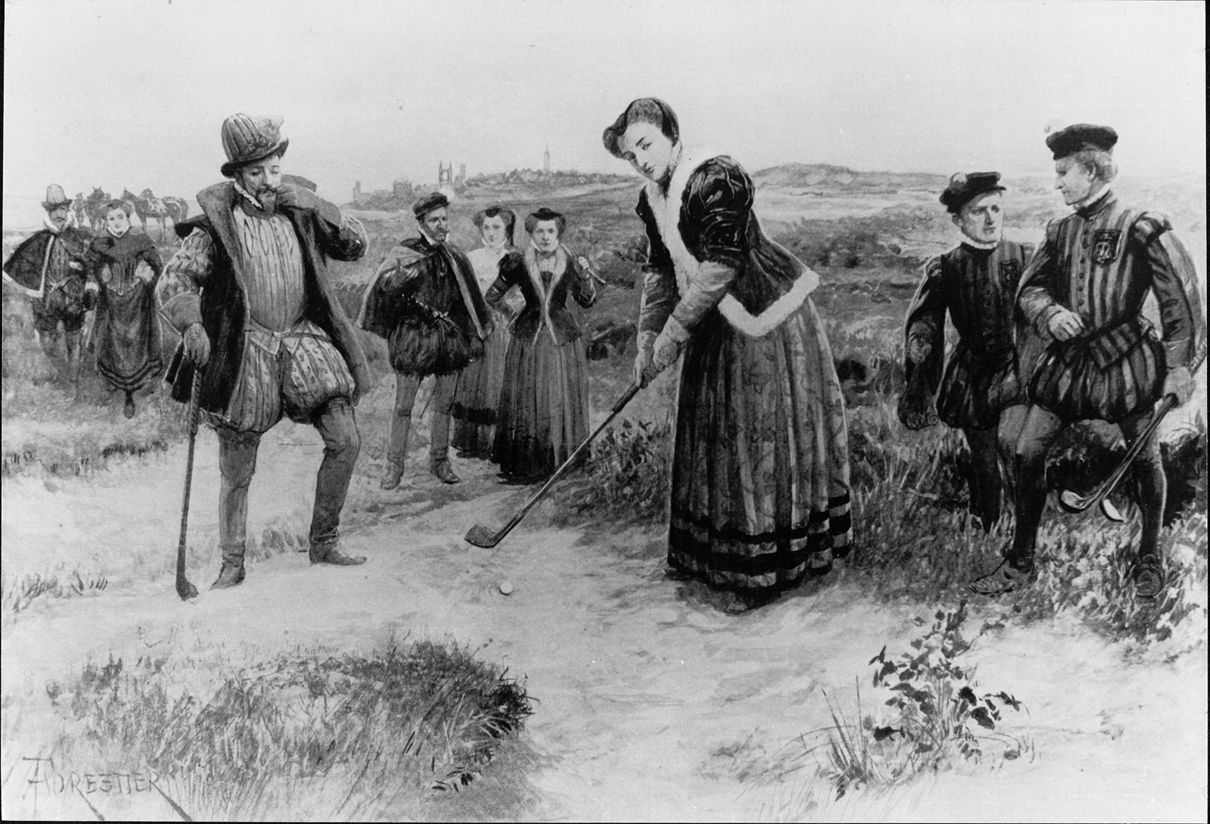
Under the patronage of kings, nobles and other leading members of society, churchyard games with sticks and stones were replaced with rounds on designated playing areas and specialist clubs. Most early 'golfing grounds' were located by the coast, mainly on the east of Scotland. Long, narrow coastal strips influenced the shape of golf courses and the language of the game. Players naturally played 'out' of the town and then turned 'in' for home. As the disreputable game played in streets and churchyards faded away, ordinary golfers and gentlemen played side by side on the links.
1552: St Andrews charter establishes golf tradition
Golf has been played at St Andrews since at least 1552. In that year the Archbishop of St Andrews, John Hamilton, issued a charter reserving the right for the people of St Andrews to use the links for "golfe, futeball, shuting and all games". This is the earliest written evidence of golf being played in the town, though it was probably already a popular St Andrews activity. This charter is held by Fife Archives Centre.
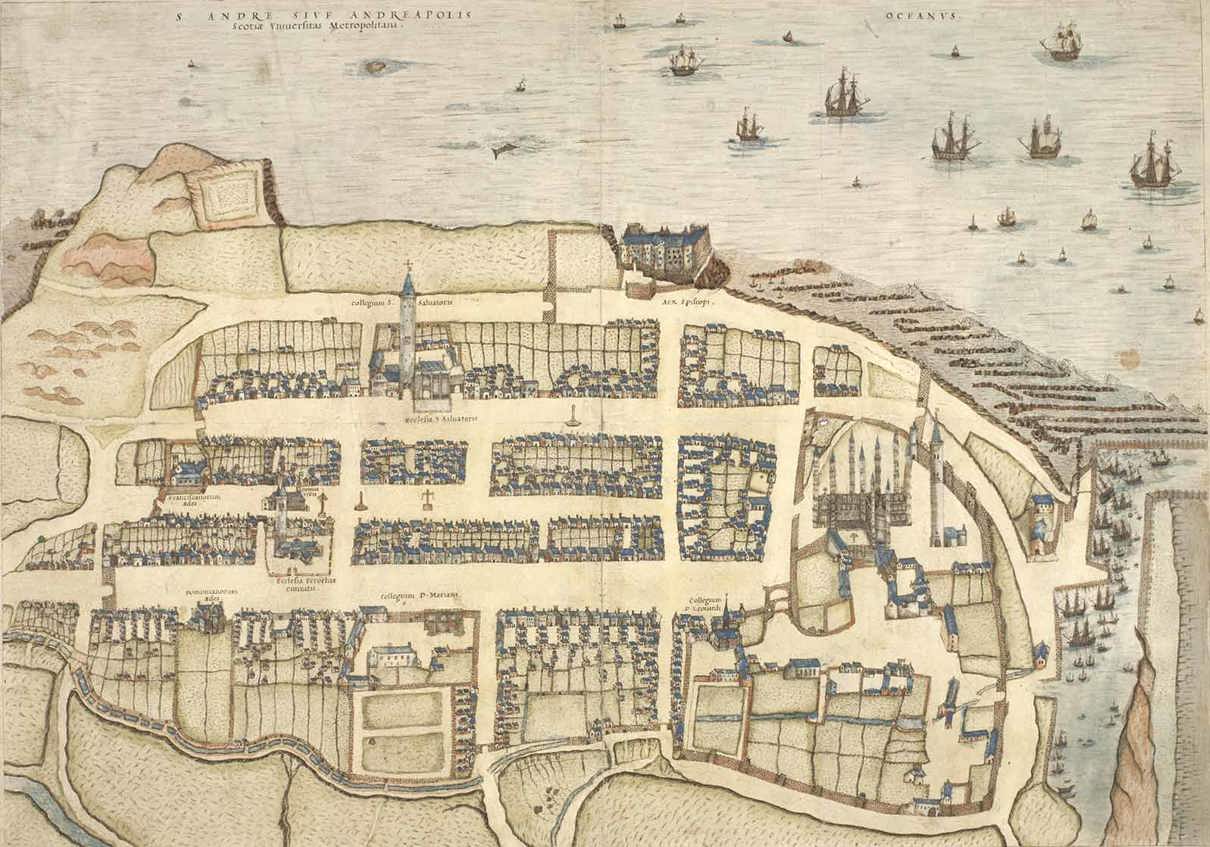
Shortly after Hamilton issued his charter, James Melville learned to play golf as a boy in Montrose. He continued when he arrived at St Andrews to study and wrote in his diary that his father had paid for him to buy golf equipment. His father encouraged Melville's interest, buying him his "necessars" for golf and archery. Golf was clearly thought to be more respectable than another popular student pastime, since Melville's father refused to give his son money to spend in taverns.
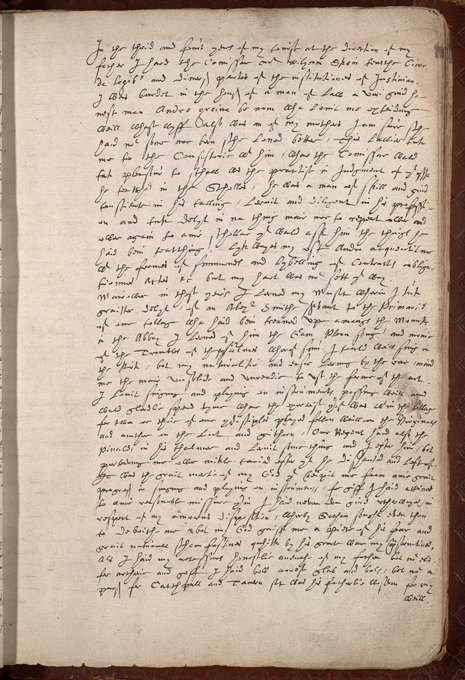
1632: Golf turns deadly in Kelso
On 2 March 1632 William Hangetsyde of Kelso and his son Robert were accused of the "slauchter and death" of Thomas Chatto. As recorded in 'Justiciary Cases 1624 to 1650' Vol.1 by the Stair Society [SCS.STAS.16], the Hangetsydes had been playing a game of golf with a group of friends in the Kirkyard of Kelso while Chatto was "lurking" nearby.
Most likely an innocent bystander, Chatto was hit by a "deadlie straik" of a golf ball struck by a golf club. He died shortly after. Unfortunately, the legal action brought by Chatto's father failed to provide compensation for his son's death, because there wasn't sufficient evidence to conclude who had played the fatal shot.
60 years later, Edinburgh doctor Robert Sibbald obtained a serious facial injury while playing golf at Leith Links. Sibbald was struck between the eyes by the "sharpe syde" of a golf club. He later wrote about the moment in his autobiography.
"The wound was oblong large, and about half ane inch long it was not half ane inch above the cartilage of the nose, the parts under the right eye was livid, and both the Canthi Majores were swelled I bled much".
Extract from 'Life of Sir Robert Sibbald, MD', 1805 [Adv.MS.33.5.1]
1636: Latin textbook records first golfing terms
David Wedderburn's Latin textbook, produced in 1636, is the first printed source to set out different golfing terms. Schoolmaster Wedderburn wrote 'Vocabula' for pupils at Aberdeen Grammar School, where lessons were taught in Latin. Eager to encourage his students' progress in Latin grammar, Wedderburn included humorous entries on familiar topics like sport and games.
The section on golf, headed 'Baculus' (Latin for 'club') included entries like:
Baculus, pila clavaria: a Golf Ball
Fovea: a Goat [bunker]
Frustra es: That is a miss
Iam iterum frustra es: That is the second miss
Statumina pilam arena: Teaz [tee up] your Ball on the sand
Golf on the links at Aberdeen was well-established around this time and a number of fixed, named holes were included in a 1647 map of the New and Old town.
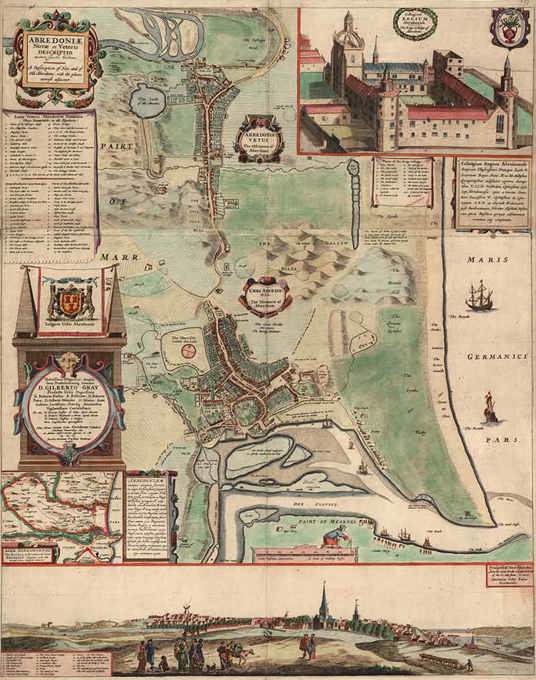
1681: Scotland wins the first golf international
The first golf international is said to have taken place on Leith Links, near Edinburgh, in 1681. A competition between Scotland and England, it came about after two English noblemen claimed golf was an English sport. In response, James Duke of York (later James VII) challenged the Englishmen to a game.
James chose John Paterson as his partner. It was a wise decision. Paterson was an Edinburgh cobbler and a local golf champion. He helped Scotland win the contest and bought a house in Edinburgh's Canongate with his winnings. The building later became known as 'Golfer's Land'.
John Werden, the Duke's Secretary, kept a pocket book when he came to Scotland from 1679 to 1681. This includes accounts for expensive golf clubs and balls bought for the Duke, confirming that he played golf in Scotland.
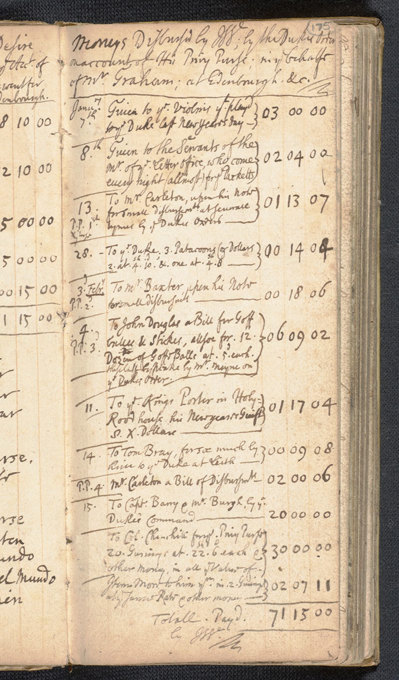
1687: First written guide to playing golf
Around 1687, medical student Thomas Kincaid wrote down the first known instructions for how to play golf. A student at Edinburgh University, Kincaid played at nearby Bruntsfield Links, unless he could afford the coach fare to play at Leith.
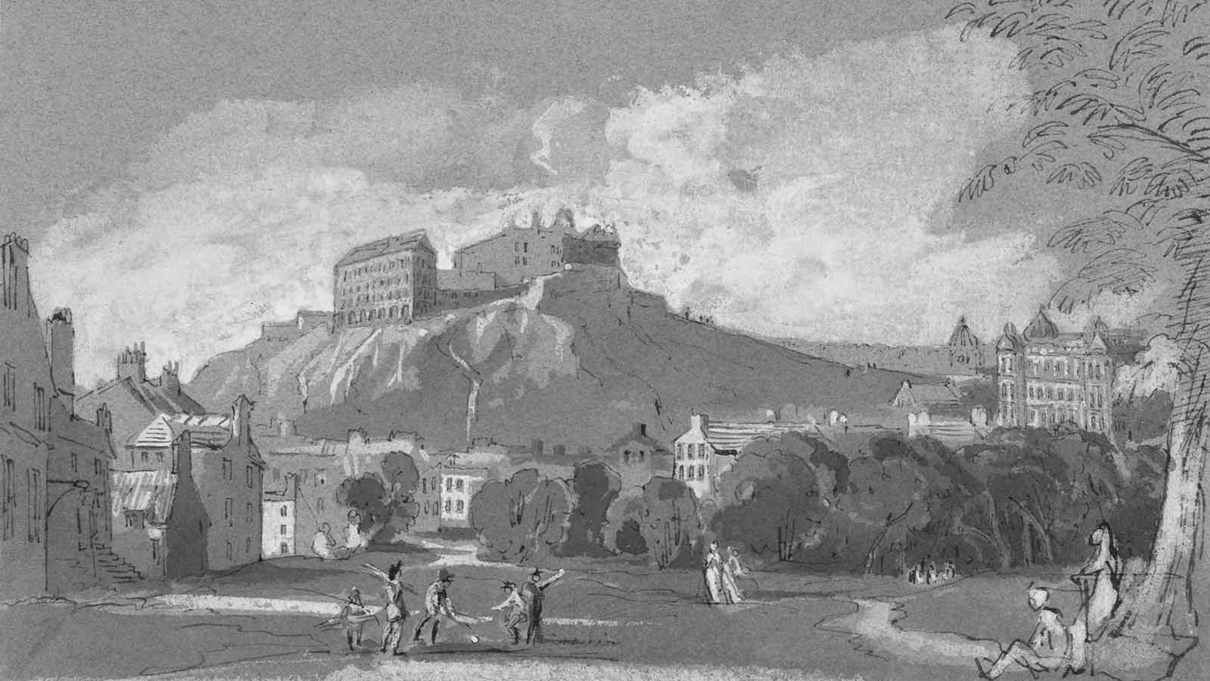
Kincaid took his sport very seriously. In his diary of 1687–88, he analyses his golf swing, describes an early handicapping system and discusses the best clubs, which he felt must be made of "hazell". He recounts experiments with different types of balls and recommends the best to be, "thick and hard leather not with pores or grains that will let a pin easily pass through…"
"I found that the only way of playing at the Golve is to stand as you do at fenceing with the small sword, bending your legs a little and holding the muscles of your legs and back and armes exceeding bent or fixt or stiffe, and not at all slackning them in the time you are bringing down the Stroak (which you readily doe.)"
Extract from Thomas Kincaid's diary, 1687–88
Of course, these instructions weren't intended for a public audience and it would be another 170 years before the first printed book of golf instruction appeared. HB Farnie's 'The Golfer's Manual, By a Keen Hand' finally published in 1857.
1691: St Andrews sends golf clubs to Edinburgh
In 1691, Alexander Monro, Regent at St Andrews University sent a gift of three golf clubs and a dozen golf balls to a friend in Edinburgh. The clubs were, "an play club, ane Scraper, and ane tine fac'd club".
In his accompanying letter, Monro says he knows golfing equipment is available in Edinburgh. However, he considers such a present would be welcome from St Andrews, which he describes as "the metropolis of golfing".
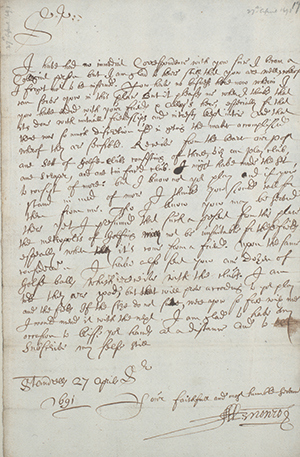
There was a thriving trade in golf equipment between St Andrews and Edinburgh at the time. To prevent his gift being swiped, mistaken for other clubs or counterfeited, Monro had his friend's initials stamped on each club.
1743: 'The Goff' becomes first book devoted to golf
The first printed book devoted entirely to golf is Thomas Mathison's mock-heroic epic poem 'The Goff', which published in 1743.
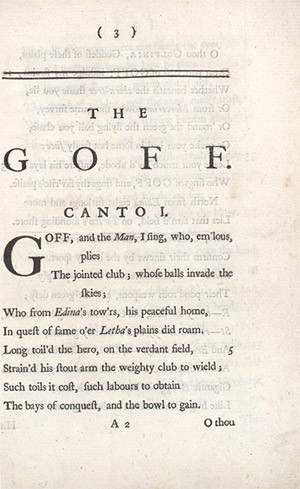
'The Goff' tells the story of a game of golf played between two keen young Edinburgh golfers on Leith Links. In this dream-like poem, golf is depicted as a heroic contest, complete with its own goddess, known as 'Golfinia'.
"Long toil'd the hero, on the verdant field,
Strain'd his stout arm the weighty club to wield;
Such toils it cost, such labours to obtain
The bays of conquest, and the bowl to gain."
Extract from 'The Goff' by Thomas Mathison, 1743
While the young golfers in Mathison's poem play their own game, a group of older men participate in an organised competition. Some of these were real players who became founder members of the Company of Gentlemen Golfers, the world's oldest golf club.
1744: First golf rules written in Edinburgh
The world's first golf club drew up the earliest known rules of golf in Edinburgh in 1744. These 13 'Articles & Laws in Playing at Golf' were created for a new, annual golf competition on Leith Links.
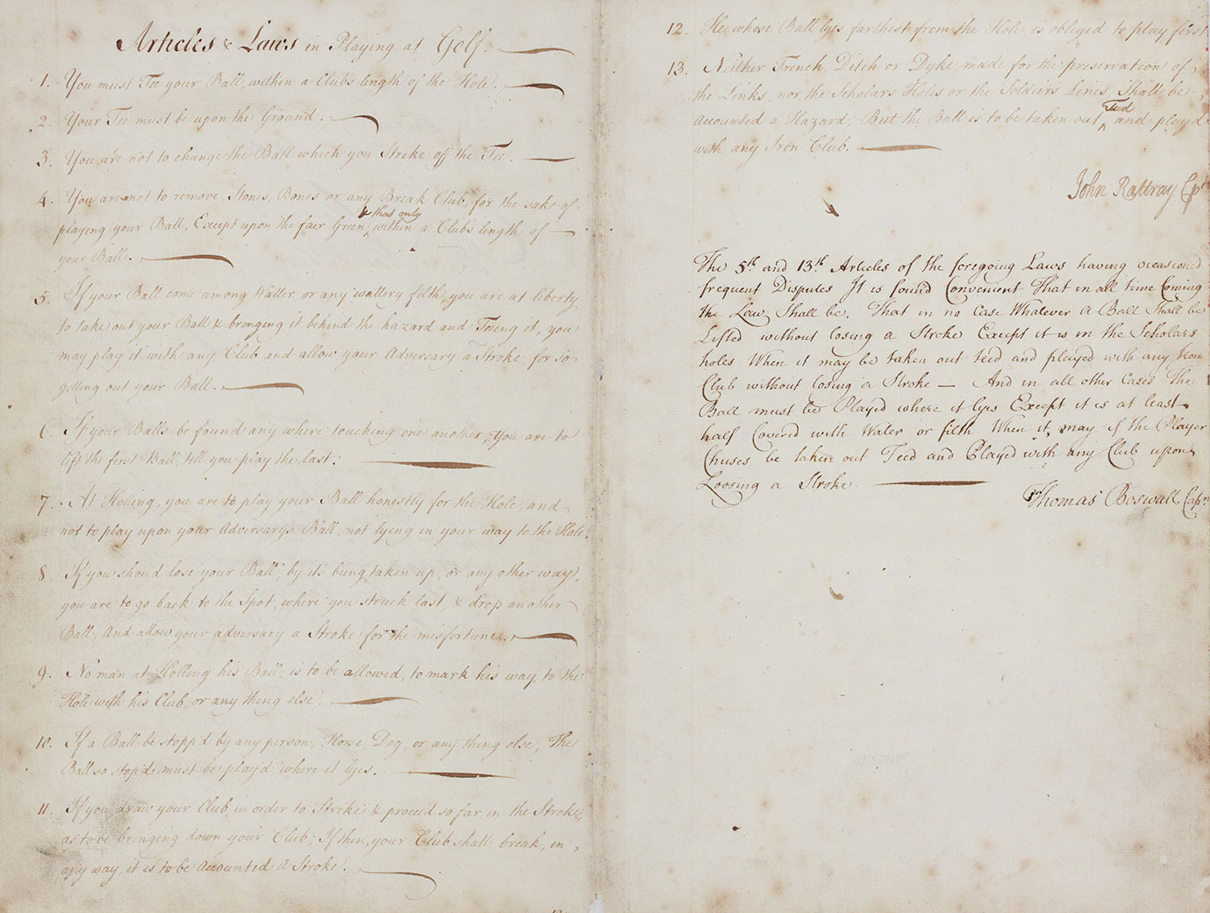
In March 1744, a number of prominent golfers petitioned Edinburgh Town Council for a silver golf club as the prize for the competition. The council agreed, so long as the golfers organised themselves. This led to the formation of the Company of Gentlemen Golfers, now known as the Honourable Company of Edinburgh Golfers. In the first minute book of the Company, the Council approved their regulations. Although adapted over the years, these 'Articles & Laws' are generally recognised as the origin of the present-day rules of golf. They begin:
You must Tee your Ball, within a Club's length of the Hole.
Your Tee must be upon the Ground.
You are not to change the Ball which you Strike off the Tee.
The Silver Club competition was open to noblemen and gentlemen golfers from all over Britain. Edinburgh surgeon John Rattray won the first competition and his name was engraved on a silver ball attached to the Silver Club.
Two years later Rattray's fortunes changed for the worse. Joining the rebel Jacobite army as Bonnie Prince Charlie's personal field surgeon, he ended up imprisoned in Inverness and threatened with the hangman's noose. Luckily, a connection forged on the golf course came to his rescue. One of Rattray's golfing companions was Lord President of the Court of Session, who pleaded for his friend’s life. Rattray was released and returned to win the Silver Club competition again.
Societies like the Company of Gentlemen Golfers were, as the name suggests, places for wealthy merchants, landowners and professional men. As more and more golfing societies formed in Scotland, more golf courses, more golf competitions and more social activities evolved for these groups. People even began travelling to Scottish resorts specifically to play.
By the mid-eighteenth century, the game that was once played with sticks and stones in churchyards had transitioned into an organised sport of the wealthy classes.
Dive deeper
Sports publications
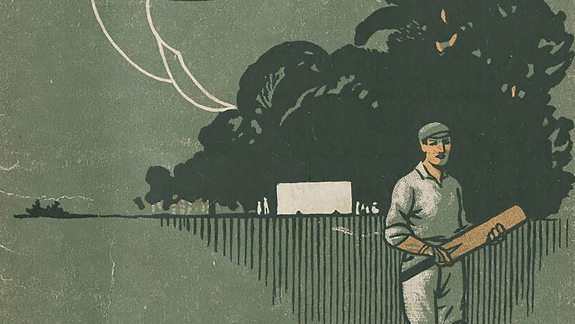
Golf films in the Moving Image Archive
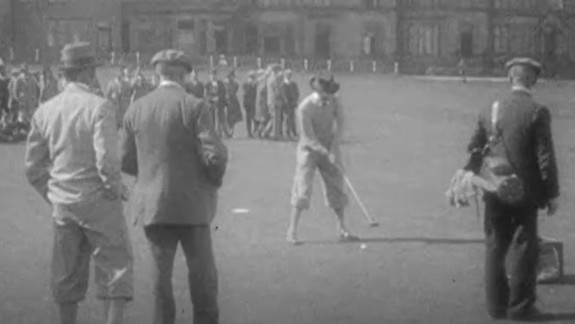
Sports and recreation
